More tangible than folklore and holiday traditions, however, are the symbolic historical artifacts that are still in use today.
Aran sweaters, Claddagh rings, tin whistles, and tweed – each object, however commonplace, hold a meaningful position in Irish culture, down to the very stitches of each sweater.
Aran Fisherman Sweaters
Aran Fisherman Sweaters, which take their name from the three Aran Islands of Inishmore, Inishmaan, and Inisheer, are handmade made purely from wool in a variety of stitch patterns, behind each of which lies a story or symbol.
For example, the common Cable Stitch depicts fishermen's ropes and represents good weather at sea. The Diamond Stitch symbolizes the small, neat fields of the Aran Islands, the Irish Moss Stitch symbolizes growth and abundance, and various other stitches represent stories of religion or elements of nature.
With such careful stitching by the few Aran sweater makers left, each article of clothing is its own art form which can take up to two months to create.
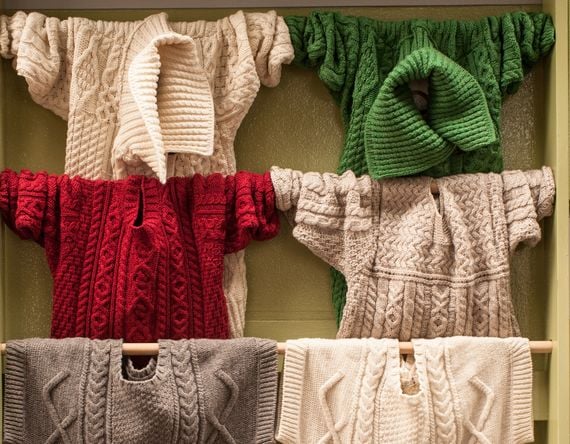
Aran Sweaters... could there be anything more Irish.
Irish tweed
Another example of a historical, cultural artifact, one that some may not know has Irish origins, is the Irish tweed hats and coats. The weaving and spinning of tweed are actually an integral part of Irish culture, as the tweed industry was the main source of income for many families in Ireland’s northern counties from 1890 to the mid-1900s.
Tweed weavers were inspired by the colorful, wild northern landscape. The craft of working by hand has been passed down for many generations – a fine example of Irish tradition staying true to its roots over time. Many families today even use the same looms as their ancestors.
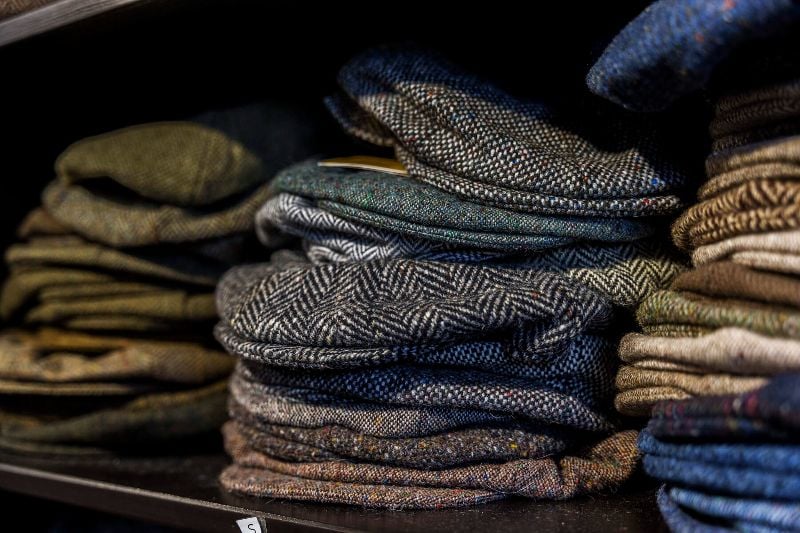
Hanna Hats, Donegal Town, Co Donegal. (Ireland's Content Pool)
The tin whistle
The tin whistle (or penny whistle) is one of the main components of traditional Irish music – though it’s changed in form through the years, it dates back to the Middle Ages. Fragments of Irish whistles made of bone are from as far back as the 12th century.
Though the most common whistles are made from brass, historical whistles were made from wood, clay, cane, and metal.
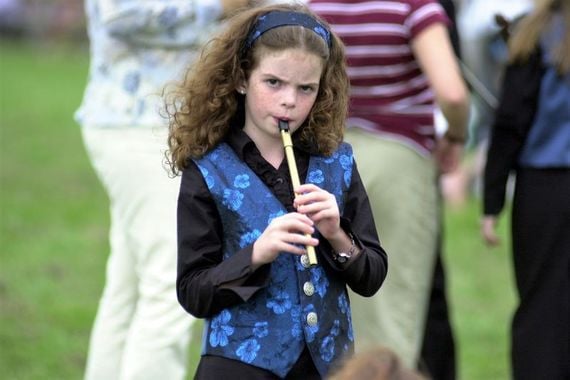
A child playing a tin whistle. (RollingNews.ie)
Claddagh rings
Claddagh rings, which are still widely worn today as a symbol of love, loyalty, and friendship, were first used in the 17th century. By legend, the design was made by goldsmith Richard Joyce, who presented the first Claddagh ring to his love after returning from indentured servitude.
The ring consists of two hands holding up a crowned heart – the hands represent friendship, the heart represents love, and the crown represents loyalty.
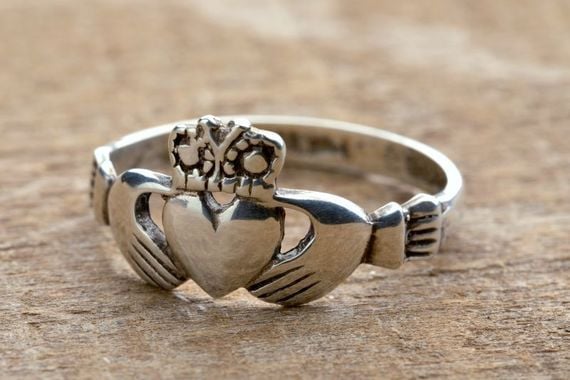
Claddagh ring. (Getty Images)
Other symbols
Other symbols still widely in use are the Celtic designs, most notably the Celtic Cross and Celtic Knot, found in jewelry, embroidery, and in many tattoos.
The Celtic Cross indicates “the human desire to know and experience the unfolding mystery of life.” Within the cross are various knots, sometimes called “mystic knots” or “endless knots,” which symbolize timelessness as they contain no start or finish.
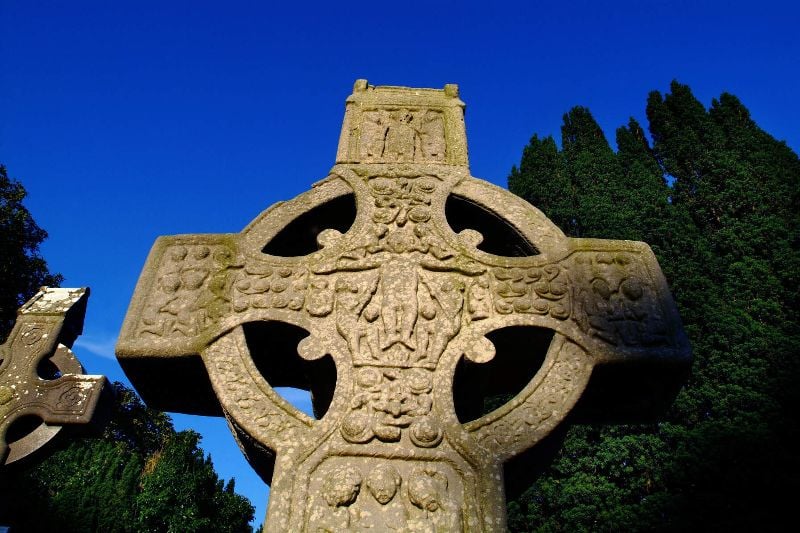
Close up of Celtic High Cross at Monasterboice, Co. Louth (Ireland's Content Pool)
*Originally published in Oct 2014, updated in 2024.
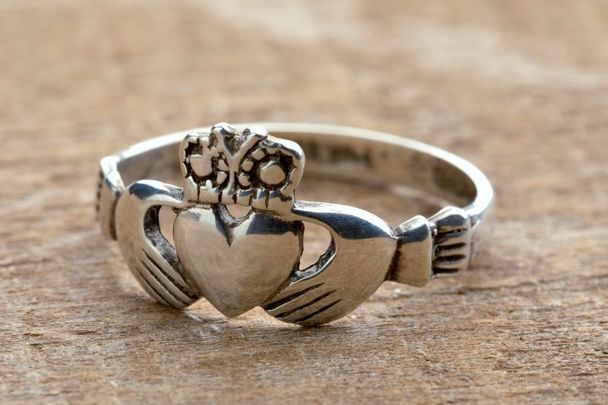



Comments